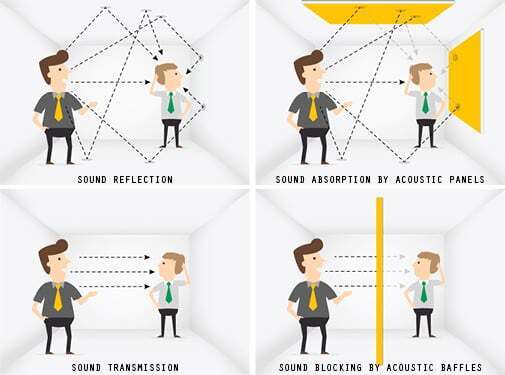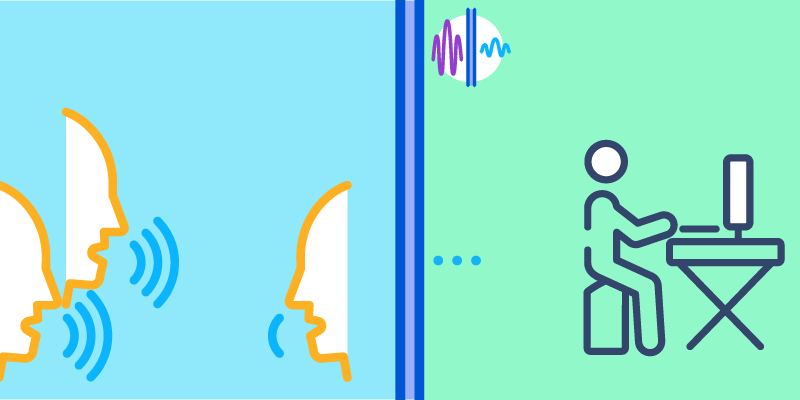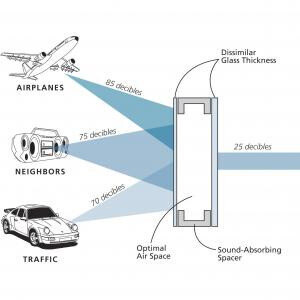Skip to main content
Search for topics or resources
Enter your search below and hit enter or click the search icon.
Windows
Exterior Doors
Services
Service Area
Learning Center
Pricing
About Us





